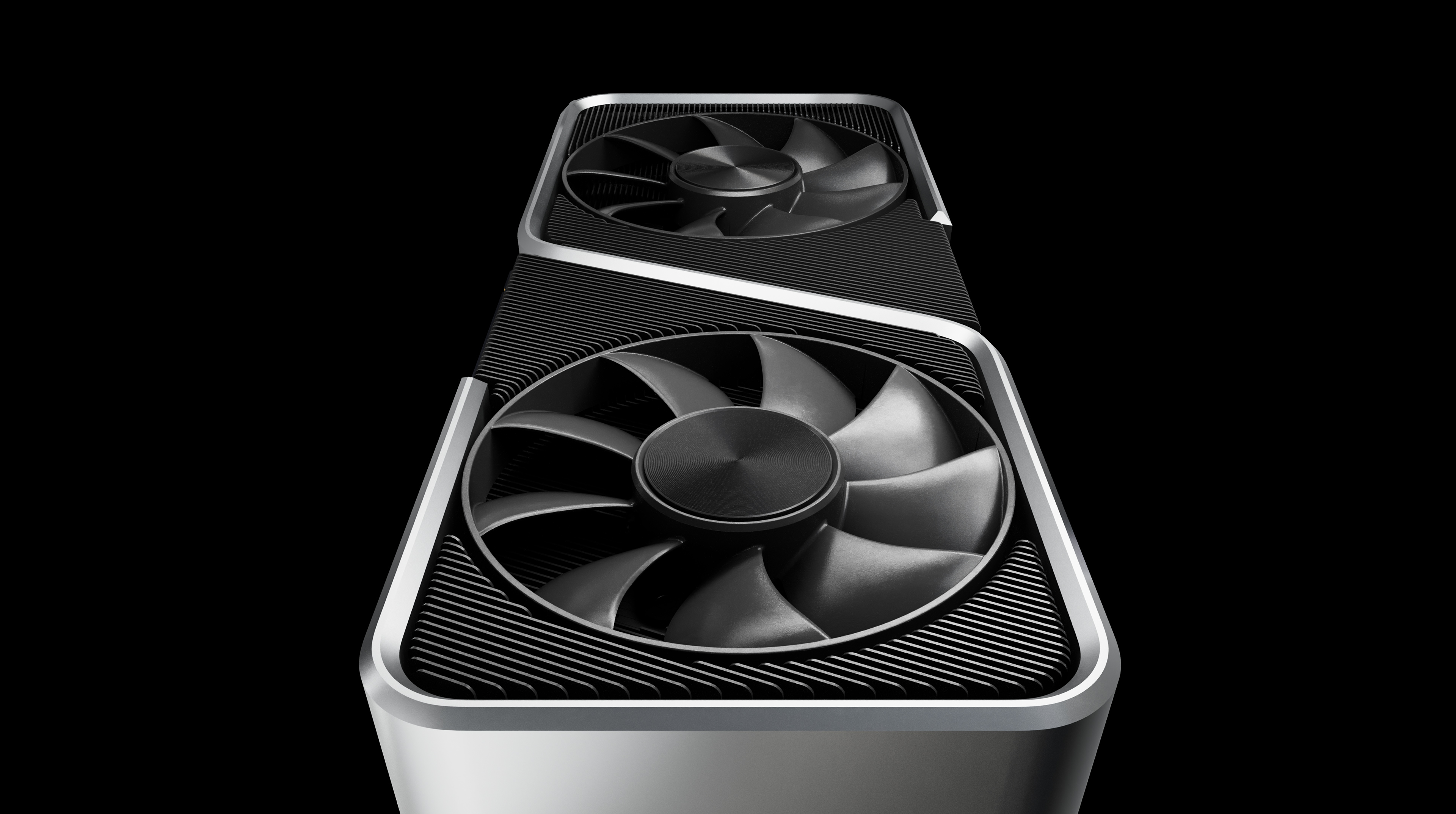

NVIDIA GeForce RTX 3060 Review: The Mainstream Champion
Pros
- Strong 1080p performance
- 12GB VRAM
- Efficient power consumption
- Great value for mainstream gaming
- DLSS support
Cons
- Limited 1440p performance in demanding titles
- Ray tracing performance could be better
- Price higher than predecessor at launch
- Mixed performance vs AMD alternatives
Introduction
The GeForce RTX 3060 represents NVIDIA's most accessible entry point into ray-traced gaming, bringing Ampere architecture to the mainstream market. With 12GB of VRAM and strong 1080p performance, this card aims to be the go-to choice for mainstream gamers.
Design and Build Quality
Partner cards dominate the RTX 3060 market, with designs ranging from compact dual-fan solutions to larger triple-fan variants. Build quality varies by manufacturer, but generally maintains good standards across the board.

Gaming Performance
The RTX 3060 excels at 1080p gaming, delivering high refresh rates in most modern titles, while remaining capable of 1440p gaming with some settings adjustments.
1080p Gaming Performance
- Cyberpunk 2077 (Ray Tracing Medium): 75 FPS
- Microsoft Flight Simulator: 82 FPS
- Red Dead Redemption 2: 95 FPS
- Call of Duty: Modern Warfare III: 125 FPS
Ray Tracing and DLSS
While ray tracing performance is modest compared to higher-end cards, DLSS support helps maintain playable framerates in ray-traced titles at 1080p. The second-generation RT cores provide adequate performance for entry-level ray tracing experiences.

Memory Configuration
The 12GB GDDR6 memory configuration is a standout feature:
- Memory Bandwidth: 360 GB/s
- Memory Interface: 192-bit
- Memory Type: GDDR6
- Future-proofing advantage with 12GB capacity
Content Creation
Content creators will find the RTX 3060 suitable for various workloads:
- Video Editing: Good performance with 1080p and 4K footage
- Streaming: Excellent NVENC encoding capabilities
- 3D Rendering: Entry-level performance for Blender and similar applications
Thermal and Power Performance
The modest power requirements result in excellent thermal performance:
- Load Temperatures: 65°C average under full load
- Fan Noise: 32dB under typical gaming loads
- Power Draw: 170W typical gaming power draw
Overclocking
The RTX 3060 shows good overclocking potential:
- Core: +150 MHz boost clock typical
- Memory: +1000 MHz effective typical
- Power Limit: 118% maximum
These overclocks typically yield a 5-8% performance improvement in most applications.
Value and Conclusion
The RTX 3060 strikes an excellent balance between performance and price, offering a compelling entry point into modern gaming features like ray tracing and DLSS. The generous 12GB VRAM buffer helps future-proof the card for upcoming titles.
Long-term Considerations
The combination of 12GB VRAM, mature driver support, and DLSS capability positions the RTX 3060 well for future gaming demands at 1080p resolution. The card should remain relevant for several years of mainstream gaming.
Power Efficiency
With its modest 170W TDP, the RTX 3060 demonstrates excellent efficiency, making it suitable for builds with lower-wattage power supplies and smaller form factors. The efficient design also contributes to quiet operation under load.
Performance Benchmarks
4K Gaming Performance
Specifications
- cuda cores
- 3584
- boost clock
- 1.78 GHz
- base clock
- 1.32 GHz
- memory
- 12GB GDDR6
- memory speed
- 15 Gbps
- tdp
- 170W
- recommended psu
- 550W
- architecture
- Ampere
- manufacturing process
- 8nm

